Circuit Break Podcast #30
You won’t believe this ONE WEIRD Engineering trick
Related Topics
Solder Slugs
We'll dive into nuances of working with contract manufacturers, specifically focusing on the responsibilities of both the designer and the manufacturer.
The Danger Pool
The CHIPS act is driving chip manufacturers like Texas Instruments, TSMC, and Intel to expand in the US, but there's a shortage of engineering manpower.
Tip Resurrection Cream
How is it possible that Stephen and Parker can talk about solder and soldering supplies for over one hour. Listen to this weeks episode to find out!
Other Resources
Circuit Break Podcast
Webinars
Videos
Tour MacroFab's ITAR-Compliant Facility
August 26, 2016, Episode #30
- Parker is working on streamlining the Selective Solder Process at MacroFab. Writing a script that will take XYRS data and generate the G-Code for the machine.
- Design work on a calibration board for visual systems like the SAIM and calibrating the Selective Solder is being designed.
- Stephen is getting the analog side of the SSPS working. The -35V rail has a blown transistor. He found that pnp transistors were flipped C to E!
- After testing the circuit node by node, Stephen found some deviations from the simulation. The feedback voltage was supposed to be about 34 volts but it was reading 15.2 and -1.78 for both regulators. Put the scope on the fb nodes and found that the + error amp was oscillating at 12.6kHz and the – regulator was at 2.4kHz. Both error amps has insufficient control feedback. Added a 1M resistor with a 100uF cap in parallel and the oscillation went away (See Figure 1).
- Engineering click bait article titles. Parker came up with “5 Cost Saving Tips No Contract Manufacturer Wants You to Know About”. Stephen has “The PCB went in the oven. You will never guess what happens next”.
- Parker wants to design a small battlebot type platform that utilizes an entire 16″x16″ panel that includes the mechanical chassis parts. Can reuse the controller board for even larger bots.
- Popular Internet of Things forecast of 50 billion devices by 2020 is outdated. Revised to 30 or so Billion depending on who you talk to.
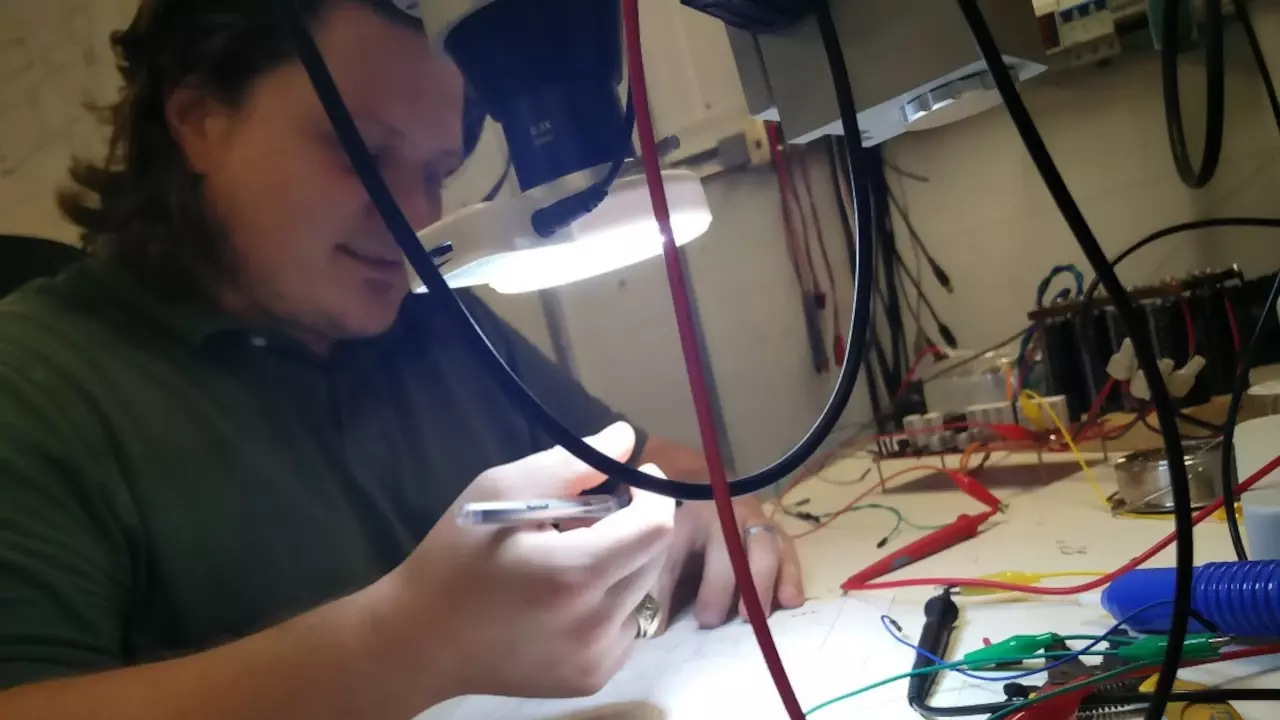
Figure 1: Stephen working on the SSPS. Trying to figure out why the transistors are getting hot with no load.
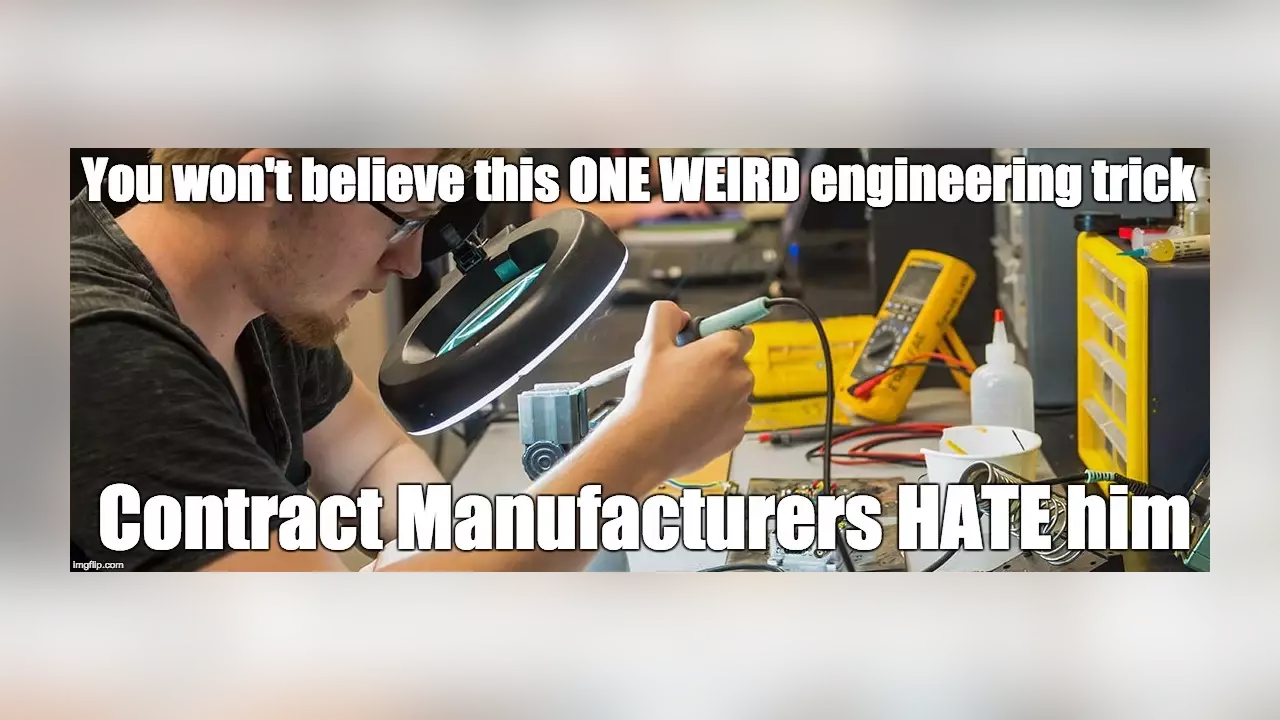
Figure 2: Engineering clickbait headlines (if they existed).
About the Hosts

Parker Dillmann
Parker is an Electrical Engineer with backgrounds in Embedded System Design and Digital Signal Processing. He got his start in 2005 by hacking Nintendo consoles into portable gaming units. The following year he designed and produced an Atari 2600 video mod to allow the Atari to display a crisp, RF fuzz free picture on newer TVs. Over a thousand Atari video mods where produced by Parker from 2006 to 2011 and the mod is still made by other enthusiasts in the Atari community.
In 2006, Parker enrolled at The University of Texas at Austin as a Petroleum Engineer. After realizing electronics was his passion he switched majors in 2007 to Electrical and Computer Engineering. Following his previous background in making the Atari 2600 video mod, Parker decided to take more board layout classes and circuit design classes. Other areas of study include robotics, microcontroller theory and design, FPGA development with VHDL and Verilog, and image and signal processing with DSPs. In 2010, Parker won a Ti sponsored Launchpad programming and design contest that was held by the IEEE CS chapter at the University. Parker graduated with a BS in Electrical and Computer Engineering in the Spring of 2012.
In the Summer of 2012, Parker was hired on as an Electrical Engineer at Dynamic Perception to design and prototype new electronic products. Here, Parker learned about full product development cycles and honed his board layout skills. Seeing the difficulties in managing operations and FCC/CE compliance testing, Parker thought there had to be a better way for small electronic companies to get their product out in customer's hands.
Parker also runs the blog, longhornengineer.com, where he posts his personal projects, technical guides, and appnotes about board layout design and components.

Stephen Kraig
Stephen Kraig is a component engineer working in the aerospace industry. He has applied his electrical engineering knowledge in a variety of contexts previously, including oil and gas, contract manufacturing, audio electronic repair, and synthesizer design. A graduate of Texas A&M, Stephen has lived his adult life in the Houston, TX, and Denver, CO, areas.
Stephen has never said no to a project. From building guitar amps (starting when he was 17) to designing and building his own CNC table to fine-tuning the mineral composition of the water he uses to brew beer, he thrives on testing, experimentation, and problem-solving. Tune into the podcast to learn more about the wacky stuff Stephen gets up to.
Special thanks to whixr over at Tymkrs for the intro and outro!
Related Podcasts
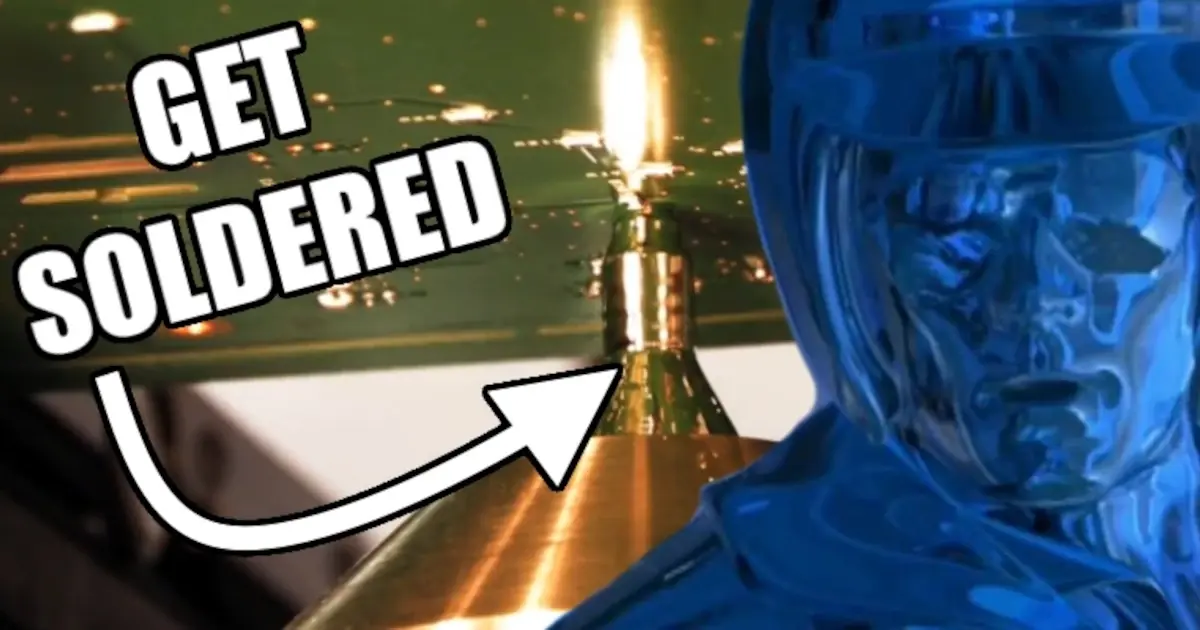
Through Hole Manufacturing
Through hole assembly for PCBs might be great for low volume prototypes but how do you scale up that process? What design considerations are needed?
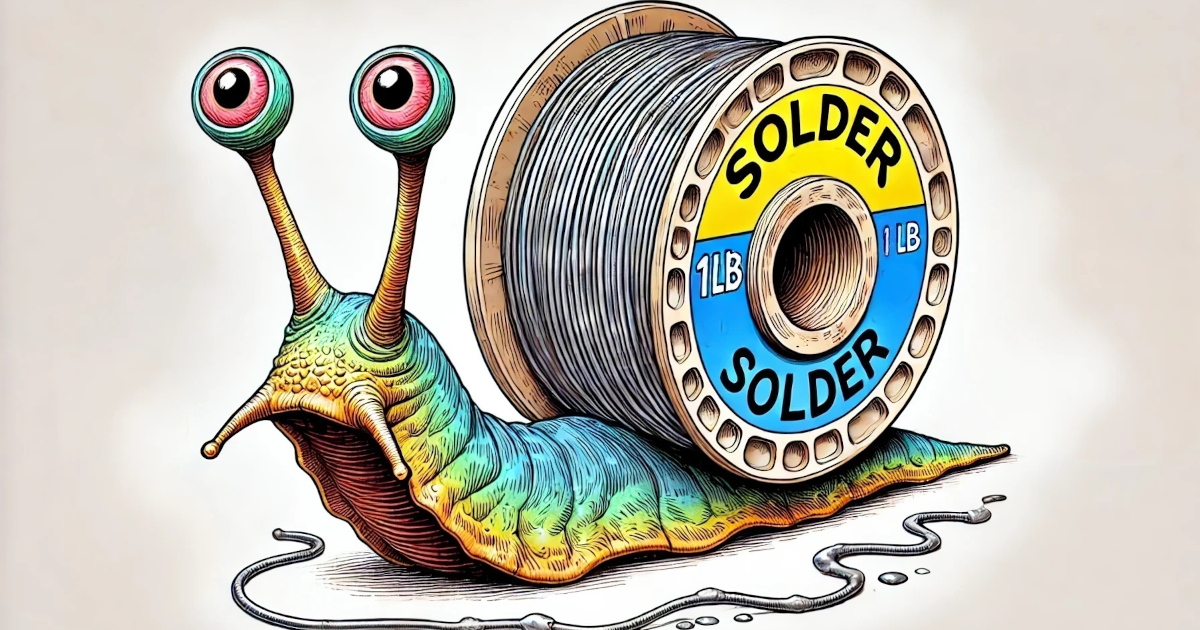
Solder Slugs
We'll dive into nuances of working with contract manufacturers, specifically focusing on the responsibilities of both the designer and the manufacturer.
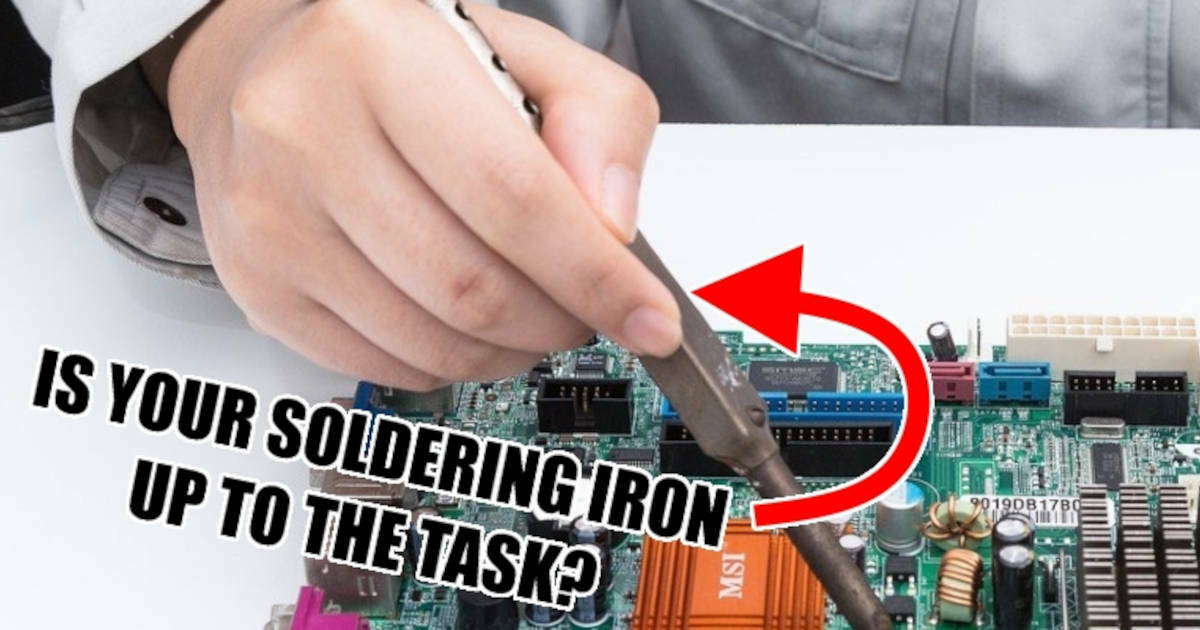
A 1 Dollar Chips Matter
What kind of soldering equipment should an engineer look at getting for their bench? Parker and Stephen start discussing equipment and supplies!
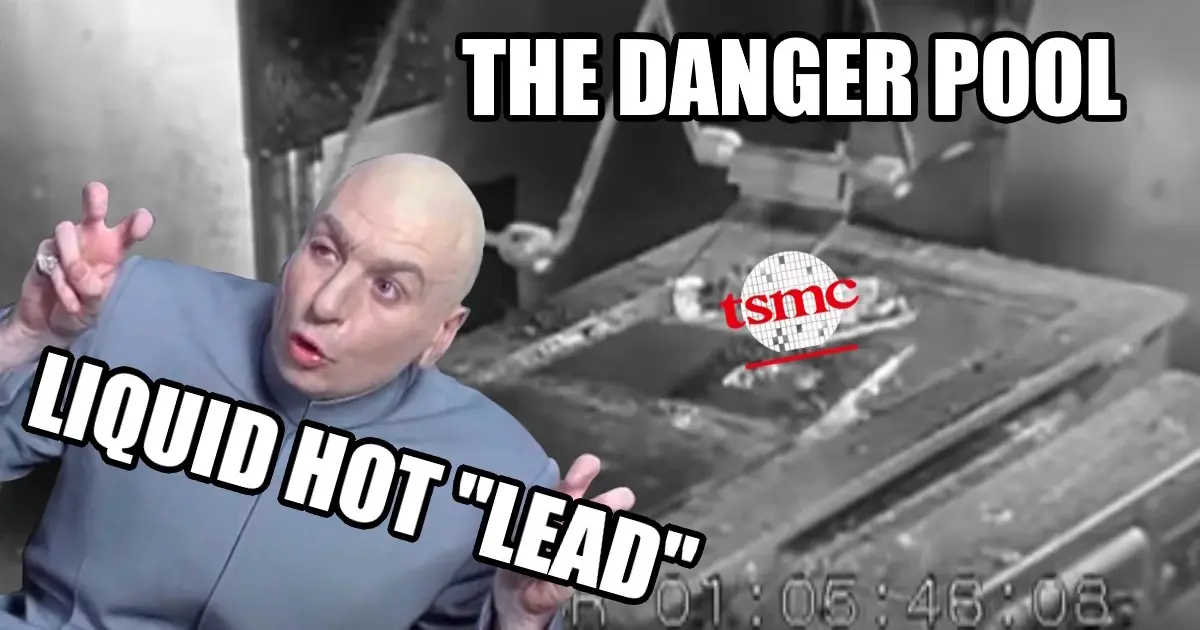
The Danger Pool
The CHIPS act is driving chip manufacturers like Texas Instruments, TSMC, and Intel to expand in the US, but there's a shortage of engineering manpower.
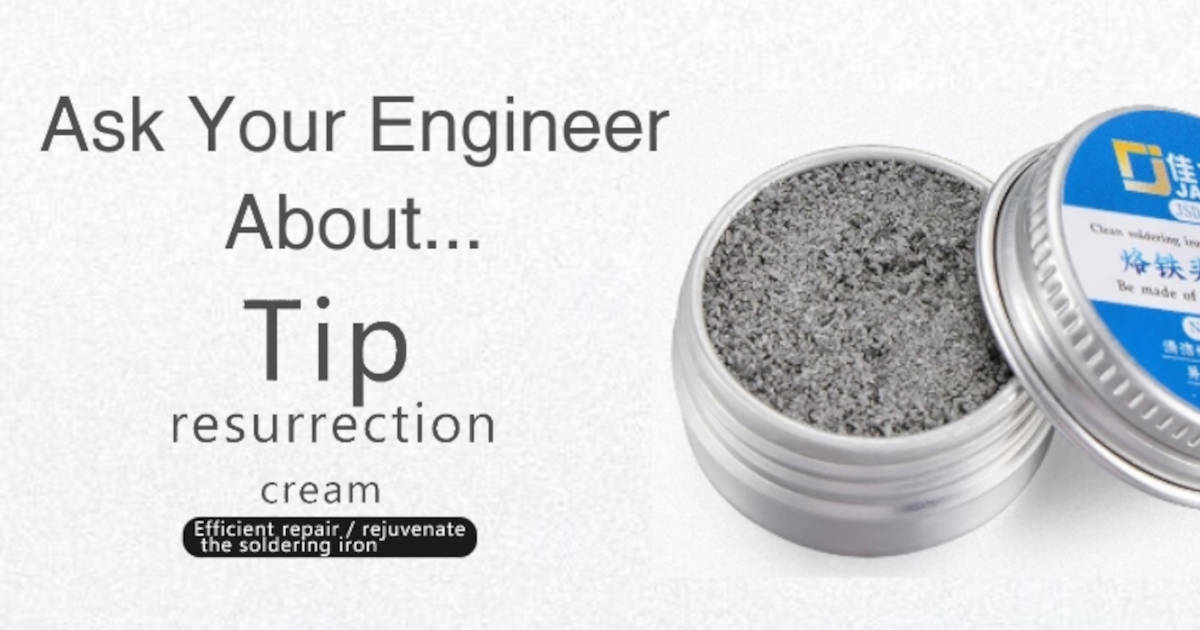
Tip Resurrection Cream
How is it possible that Stephen and Parker can talk about solder and soldering supplies for over one hour. Listen to this weeks episode to find out!
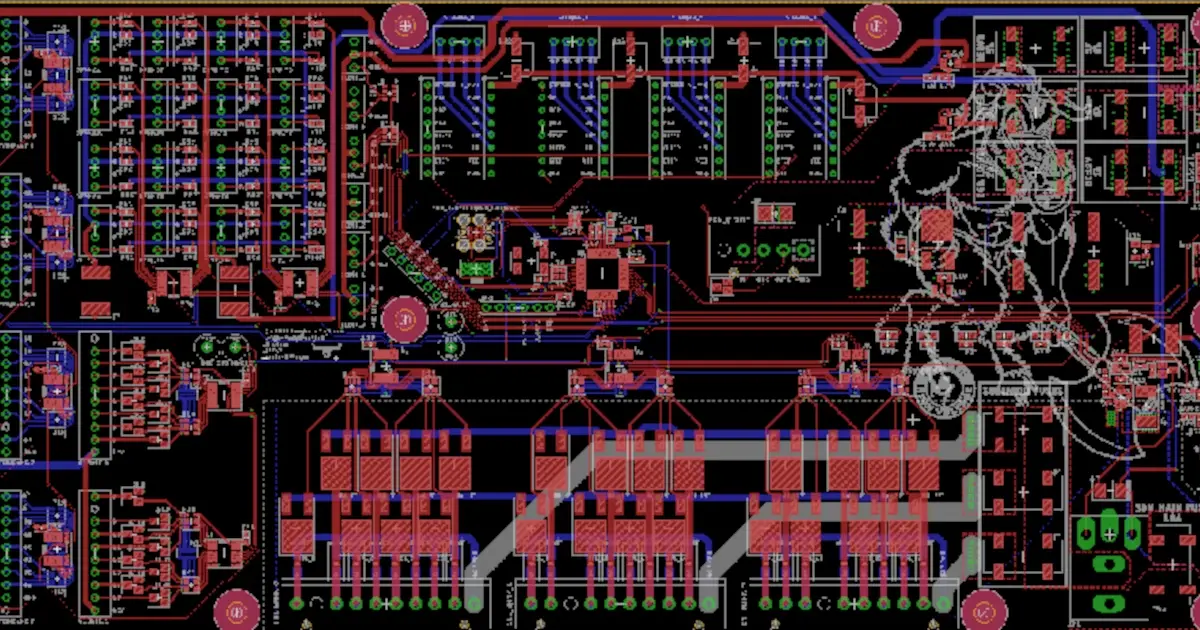
How Soft Are Your Diodes?
Parker's pinball controller has gone gold! Revision 3 is being fabricated! Stephen then explores the softness factor of diodes and the SSPS returns?
About MacroFab
MacroFab offers comprehensive manufacturing solutions, from your smallest prototyping orders to your largest production needs. Our factory network locations are strategically located across North America, ensuring that we have the flexibility to provide capacity when and where you need it most.
Experience the future of EMS manufacturing with our state-of-the-art technology platform and cutting-edge digital supply chain solutions. At MacroFab, we ensure that your electronics are produced faster, more efficiently, and with fewer logistic problems than ever before.
Take advantage of AI-enabled sourcing opportunities and employ expert teams who are connected through a user-friendly technology platform. Discover how streamlined electronics manufacturing can benefit your business by contacting us today.